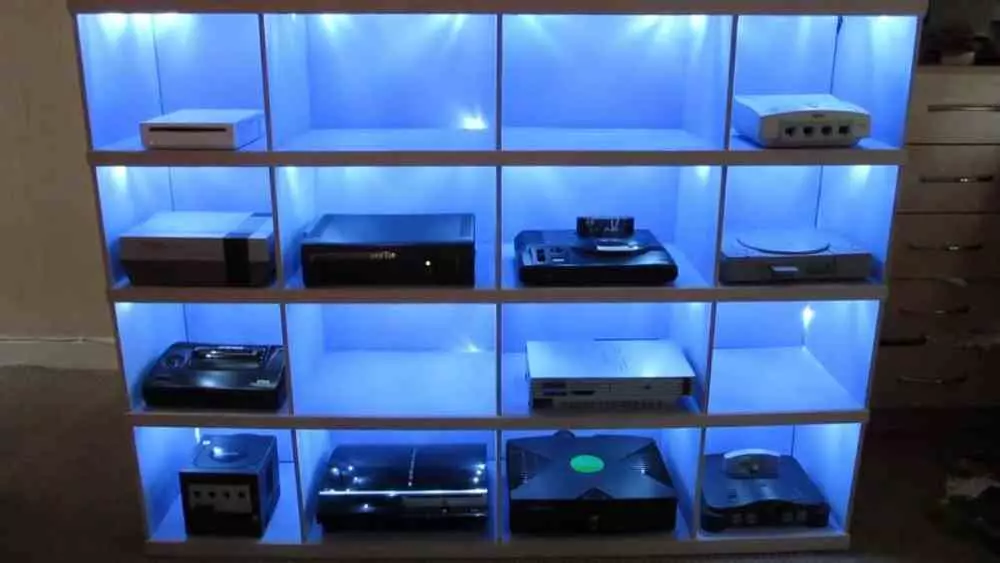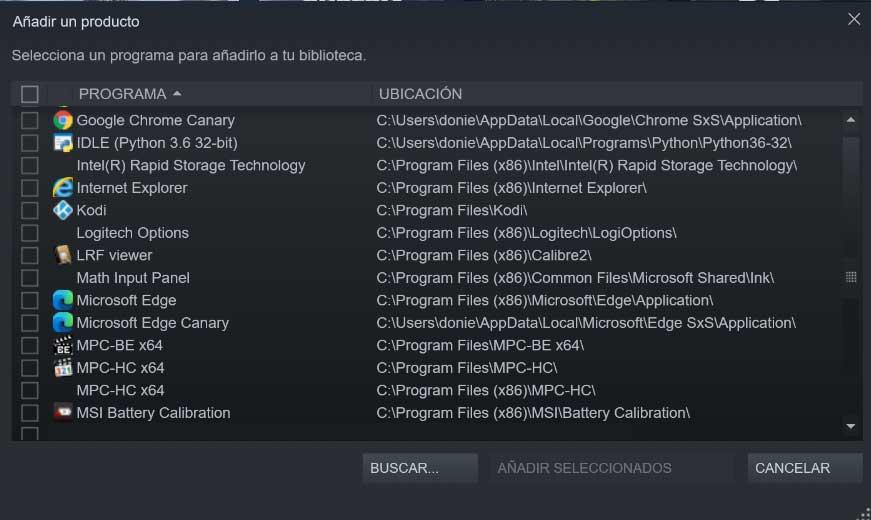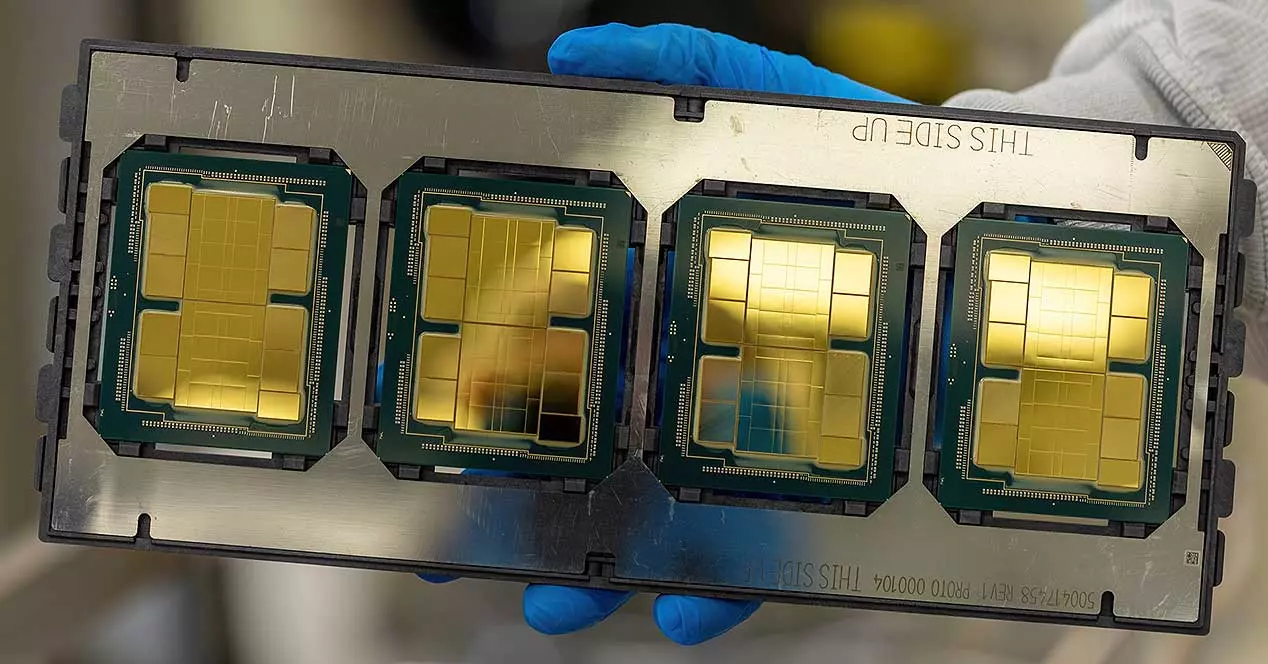
The most veteran of our readers will remember how when we talked about consoles we used to relate them to the number of bits they had and the more of these, then it was understood that the more bits the better. But what did the manufacturers mean when they talked about bits in your console?
The last time a company used the term bits on a console was with the Nintendo 64, but it didn’t prove to be a big seller and coming second to SONY’s PlayStation, no one ever used it as a marketing argument again. Well, actually because they couldn’t anymore and if you keep reading you will know why.
What are the bits is a console?
Well refers to the level of complexity with which your main processor can perform calculations. The more bits, the more precision. and a larger number range can be calculated. So the bits of a console are those of its central CPU. Thus, an 8-bit processor can operate with values ranging from 0 to 255 or alternatively values ranging from -127 to 128 with 0 included. If you look closely, this is 28 so a 16-bit processor will support 65,536 values, a 32-bit 4,294,967,296, and so on.
We have to clarify that in PC when we refer to 32 or 64 bit processors at present we do not refer to the ability to operate with processor data, but to memory addressing. That is, how much RAM memory measured in bytes can the system have. Actually on consoles you don’t need 64-bit precision and since the mid-90s they’ve stuck to 32-bit. Of course, saving the distances in terms of computing power, since a PlayStation 5 is more than a thousand times more powerful than the first model launched by SONY.
The point is that you have to think of bits as a way to measure the accuracy of information. You can see a very clear example of this not only in the graphics, but also in the sound, where from the 32-bit generation the colors and sound quality were good enough to represent reality.
Generations vs. Bits
The history of consoles is not measured in terms of bits, since as we have said we have already had several generations with 32 and 64 bit processors in our homes. It sounds very strange to say, for example, that a sixth generation Xbox has a processor with the same number of bits as a fifth generation SEGA Saturn. What’s more, Nintendo64 and PlayStation belong to the same period and one is 32-bit and the other is 64-bit.
Such was the ridiculousness of this nomenclature that we had a 128-bit generation without any console with that capacity and they don’t need it, not now and not then. Furthermore, the first three generations used the same 8-bit processors with substantial changes in supporting hardware, so it is a myth that there is an increase in calculation accuracy from one generation to the next.
So the generations began to be divided by periods of time and not by their technical specifications. That is, by product life cycles. Thus, when a console has already sold everything it can sell to the market, it is replaced by a product with better specifications and a new catalog of games. What is undoubtedly a generational leap and currently we are already in the ninth after more than four decades and what the hobby still lacks, as long as cloud gaming does not result in disruption and a change in habits of use.




